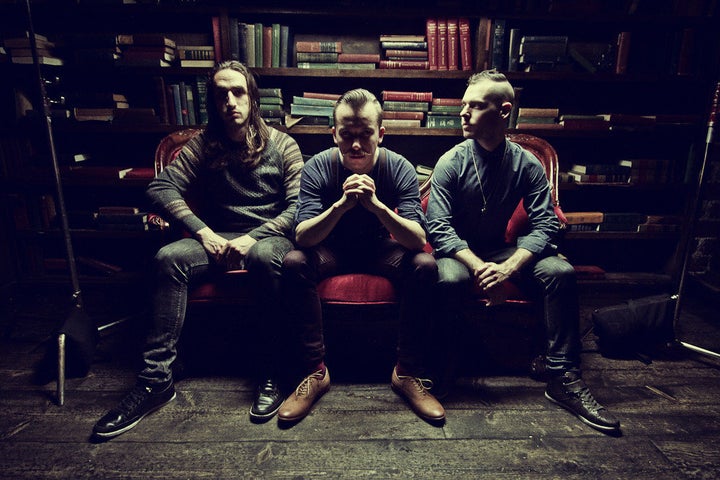
Innovative music has always been inextricably linked to technology. The Pythagoreans set scales in accordance with their mathematical concepts of harmony in nature, Mozart wrote groundbreaking concertos centered around the newly invented piano, and The Beatles completely changed the face of popular music by pioneering almost every modern recording technique.
Today we live in a world of nearly unlimited computing power and connectivity, and, in light of this technological landscape, it should come as no surprise that the most vibrant field of musical creativity lies in the world of electronic music, particularly dance music, which seems to have finally taken root in America. There are two critical developments that have created this musical revolution. First, computers have become so powerful that there is essentially no creative limit to producing music digitally; there is literally an infinite soundset available to electronic producers, and this power is available to everyone in the world with even the most modest modern machine. Second, the complete integration of social networking has fostered music sharing on a global scale. Pushing the limits of technology and a peer-driven culture of sharing and promoting music were always the bread and butter of dance music. It's no surprise, then, to see dance music's ascension in a world where technology and connectivity are seemingly on steroids.
Arthur C. Clarke's third law states that "any sufficiently advanced technology is indistinguishable from magic." We often find ourselves thinking about the "magic" that's happening inside the computer while producing. Sound is a wave of energy through air, and the most common digital representation of sound occurs by analyzing that wave 44,100 times every second and recording the amplitude of the wave at each moment. By sending these values to a speaker 44,100 times per second, a computer is creating a virtually perfect representation of sound, nearly imperceivably different from an analog recording. Where the real "magic" happens is in the processing of this digital representation. A song consists of any number of "tracks" -- the kick drum, the bass line, for instance, are all separate entities created by playing back an audio "sample" or synthesizing a sound from scratch. Every track is then processed separately. For example, a kick drum might need more bass, and we can use an equalizer to do just that. It's when you think of how much computation is necessary to achieve these and more complex effects that the sheer power of the computer begins to reveal itself. A typical track has any number of effects: equalization to change the frequencies, compression to change the dynamics, reverbs to model an environment. There are endless possibilities all achieved by ever-more complex mathematical operations. A typical song consists of 25-70 tracks, which all need to be processed and mixed down to a single representation of a waveform 44,100 times every second. In order to achieve this, the computer must execute many billions of computations every second. In essence, a supercharged calculator is capable of perfectly emulating or creating any sound in the world, real or imaginary. A generation ago, this could only be described as magical.
Today, on a relatively modest system, there is essentially no limit to the amount of tracks a computer can mix. We've composed songs of more than 200 tracks and virtual instruments, each with many effects. Orchestral composers like Hans Zimmer write for entire symphonies existing purely in the digital realm. Electronic music producers are now completely unfettered by technological limitations, and this freedom has sparked an explosion of innovation and creativity. Dance music has benefitted disproportionately from this acceleration of computational power. The genre has always been about maximizing sonic impact -- the "biggest" drums, the most "massive" bass sounds, all achieved through precise sonic processing. Today's producers are only limited only by their own creativity in bringing these sounds to life.
Thirty-five years ago Eddie Van Halen performed with his back to the audience to hide his innovative double-tapping guitar techniques. Today, anybody with Internet access can watch countless YouTube tutorials for recreating the sounds of their favorite electronic artists. There are more than 50,000 videos on Skrillex's production alone. And while many purists may bemoan this democratization of music, citing the ever-shrinking profitability of a music career and the ever-rising amount of "amateur" music flooding the market, they ignore the profound implications of this paradigm shift. Every artist has access to what, ten years ago, only existed in multi-million dollar recording studios, and tomorrow's next music phenomenon could emerge from anywhere in the world. As the first wave of musicians raised wholly in the digital realm (think Porter Robinson and Madeon) take the world by storm, we feel nothing but profound excitement to hear the conjurings of musicians who have grown up possessing the tools for unlimited musical expression.